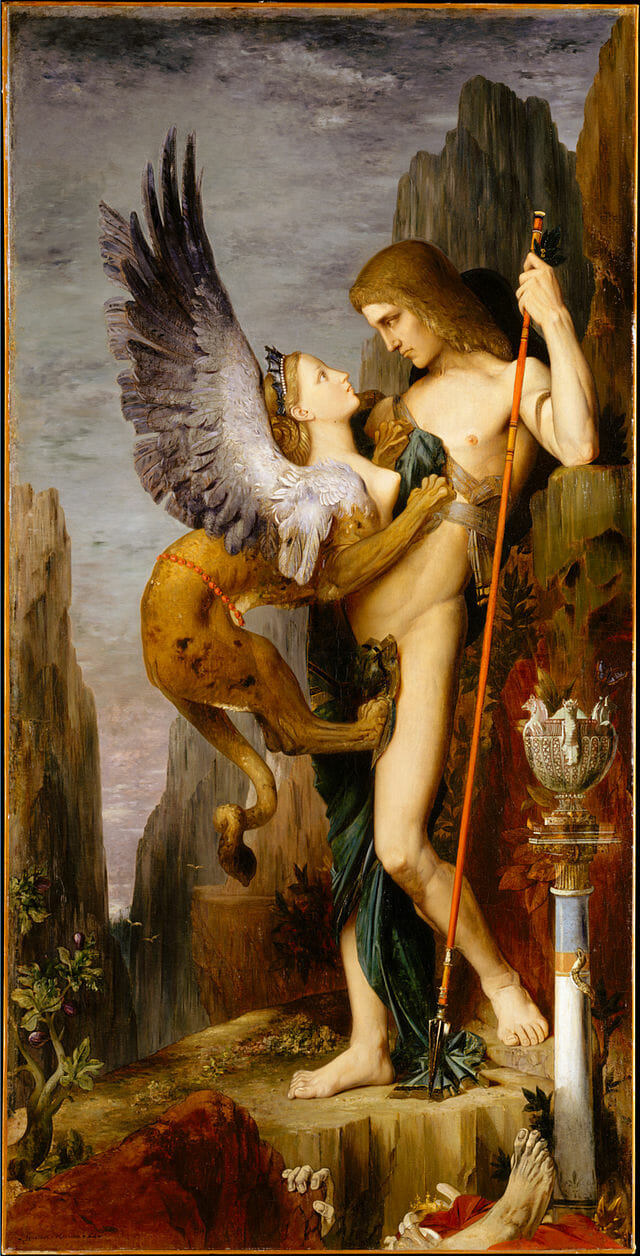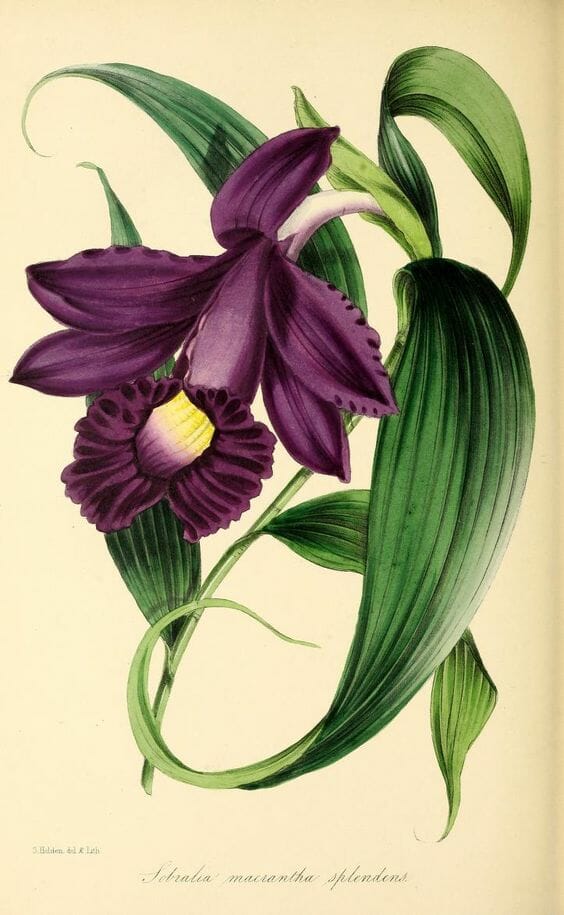
Kavafis' Oedipus | Life is full of unsolvable riddles
Author
Year
Format
Even if Konstantinos Kavafis was mainly interested in Byzantine and Hellenistic antiquity, Oedipus, along with his most famous poem Ithaka, finds its fulcrum in classical Greek mythology. The story is well-known. Oedipus manages to defeat the Sphinx, a monster that terrorizes Thebes, by solving the enigma she poses to every passerby. In this poem, Oedipus lies on the ground frightened, with the Sphinx weighing down his chest and looking at him with ferocity. The hero reacts when he is sure he is going to win. However, instead of enjoying the victory, he starts thinking about the road he must take, and he suddenly becomes melancholic.
Above him the Sphinx hovered, poised to strike.
Her teeth and claws were bared
and in her body all the cruelty of life.
Meanings lie in the unwritten
Kavafis uses Oedipus’ myth to express the awareness of a life full of riddles that do not always come with a salvational answer. As frequently happens in his poems, the reader does not attend to the climax of the action. The focus is just before and after the emotional peak (in this case, Oedipus’ answer to the riddle), placing the meaning in words not written. Because of this expedient, Andrea De Gregorio, Kavafis’ Italian translator, defines him as a minimalist, an ancestor of writers such as Raymond Carver or Ezra Pound. Even his language, plain and not different from the spoken conversation, matches the characteristics of that particular movement.
And for an instant
the vision unfolds clearly within his brain
how there the Sphinx will speak to him again
and question him with harder and greater riddles,
riddles that have no answer.
Oedipus and the Sphinx: a poem, a painting
A note anticipates the poem: “Written after reading the description of the painting Oedipus and The Sphinx by Gustave Moreau.” The inspiration came from a work of art, a path that many poets seem to follow: among the others, Wystan Hugh Auden with Musée des Beaux-Arts or Wislawa Szymborska with Vermeer. Unlike their texts, this poem does not mirror the evoked painting, neither aesthetically nor conceptually. Moreau’s Oedipus, in fact, stands up and looks at the Sphinx with curious attention. Moreover, their interrelation symbolizes the contraposition between ideals and materiality. This discrepancy between Moreau and Kavafis is likely the fruit of a free poetic re-elaboration.

Tag
Buy a ☕ for Hypercritic









